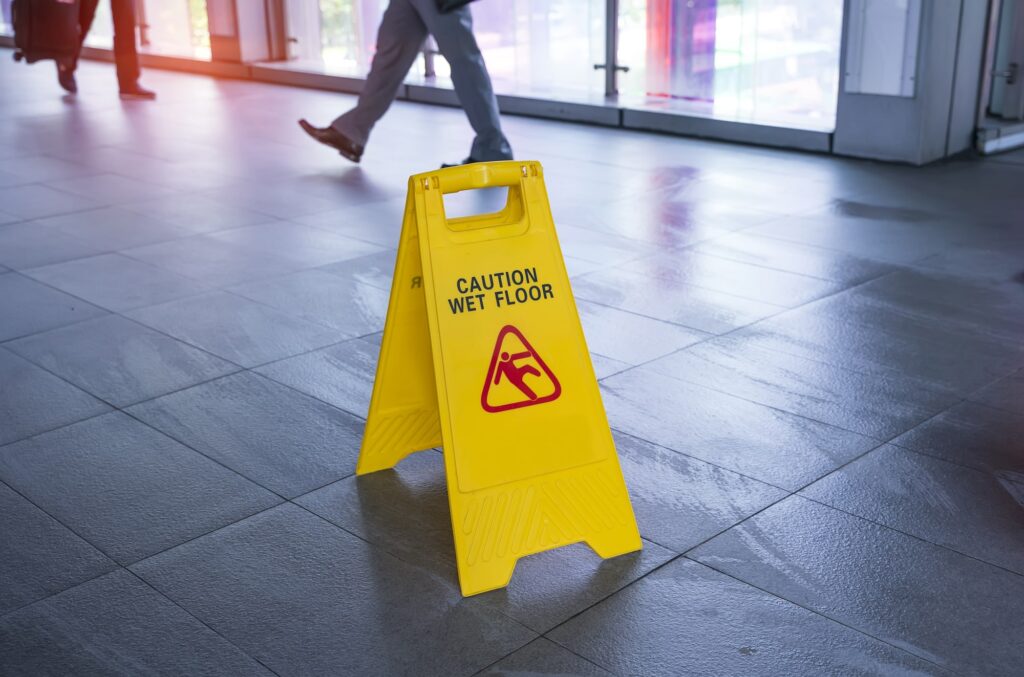Drones have become increasingly common in everyday life, with applications ranging from recreational use to commercial deliveries. As drone technology continues to evolve, so do the potential hazards associated with their operation. One unexpected risk involves drones contributing to slip and fall accidents as a slip and fall lawyer can explain. Whether used for package deliveries, aerial inspections, or simply for fun, drones can create dangerous situations that lead to injuries.
Obstacles And Debris From Drone Deliveries
One of the most direct ways drones can contribute to slip and fall accidents is through debris or obstacles left behind after a delivery. With companies like Amazon and others exploring drone-based package deliveries, items are often dropped off without the oversight of a delivery person. Packages or their wrappings may land in areas like sidewalks, driveways, or entrances, creating tripping hazards. If a person doesn’t notice these obstacles or if they are placed in high-traffic areas, a slip and fall could easily occur. Of course, this is not restricted to just drone deliveries — any delivery may result in an accident that the company can be held liable for.
Additionally, faulty or improperly secured packages could fall apart on delivery, leaving debris that people may not see or expect. A broken package can leave dangerous materials scattered in an area, causing people to lose their footing. In these cases, determining liability for injuries can become a key issue, especially if the drone delivery was part of a commercial service.
Unexpected Drone Malfunctions
Drones, like any piece of technology, can malfunction. If a drone suddenly loses control and crashes to the ground, it can startle people nearby, causing them to stumble or slip while trying to avoid the falling object. This is especially risky in crowded public spaces where people may be distracted or not expecting a drone to malfunction overhead. This may also happen if a drone is flying by unexpectedly and a passerby looks up at it, losing their footing.
A drone that crashes into an object like a tree or building can also dislodge debris that falls to the ground, creating a slip hazard. Even a small piece of a drone breaking off or a low-flying drone obstructing someone’s path can lead to a dangerous situation if someone trips or slips while trying to avoid the obstacle.
Slippery Surfaces Created By Drone Use
While less common, there are instances where drone use can directly lead to hazardous surface conditions. For example, drones equipped with liquid sprayers for agricultural or pest control purposes may inadvertently create slippery surfaces when used near walkways or public areas. A passerby who steps on the wet surface may not realize the danger until it’s too late, leading to a slip and fall accident.
Even recreational drones that are flown over bodies of water, like pools or lakes, could contribute to wet surfaces if water is splashed or carried onto walkways. Although these incidents may seem minor, they still pose a risk for slip and falls, especially when people are caught off guard by the presence of water or other liquids.
As drones become more integrated into our daily lives, the legal landscape surrounding drone-related accidents is still developing. Liability for a slip and fall caused by a drone can vary depending on the circumstances. In some cases, the drone operator may be held responsible for improper or negligent operation. For example, if a drone operator fails to maintain control of the device or does not account for the safety of people in the area, they could be liable for any injuries caused by their actions.
Similarly, if a commercial drone service, such as a delivery company, fails to ensure that its operations are safe, they could also face liability. Our friends at The Andres Lopez Law Firm can attest just how legal responsibility in slip and fall cases often hinges on whether negligence played a role in creating unsafe conditions.
If you’ve been injured in a slip and fall accident involving a drone, it’s important to take the necessary steps to protect your rights. First, seek medical attention for any injuries, and document the accident scene by taking photos and gathering witness information. Next, consult with a lawyer to evaluate your case. A knowledgeable attorney can help you understand your legal options and guide you through the process of seeking compensation for your injuries.
Drones may bring convenience and innovation to our lives, but they also introduce new risks. As their usage grows, it’s essential to be aware of the potential hazards and understand how to address them if an accident occurs. If you are injured, reach out to an attorney near you for help.

